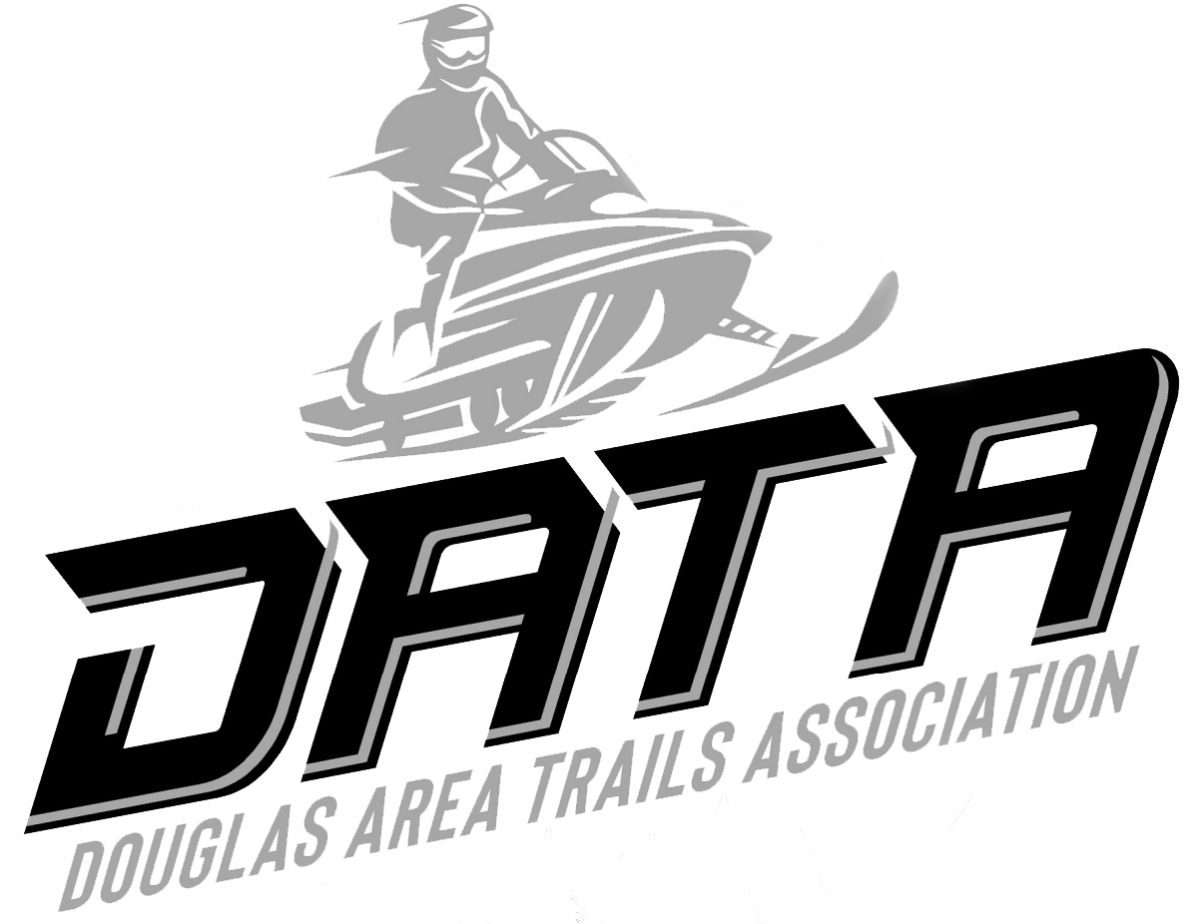MISSION STATEMENT
To promote snowmobiling in Douglas County by providing safe and scenic trails. We do this by building and maintaining the trails system, by collaborating with land owners on which the trails traverse, and by partnering with local businesses to enhance their financial success during the winter months. We include youth in the sport by leading, coordinating, and participating in youth training and education.
DOUGLAS AREA TRAILS ASSOCIATION
Douglas Area Trails Association
Learn more about how the Douglas Area Trails Association began, the volunteers who keep our trail system thriving, and our commitment to maintaining safe, enjoyable routes for every rider. On this page, you’ll also find ways to get in touch, ask questions, or get involved.
The DATA Story
The beginnings of snowmobiling in Douglas County echo the strong passion and excitement snowmobilers carry in their hearts every time the first snowflake starts to fall.
There were many snowmobilers who created relationships and negotiated with their neighbors to make trails on landowner property. These trails served the small communities and were maybe 5 to 10 miles in length. Each area/group had a separate club with one of them being the Viking SnoFliers, started by Dee Normand. Dee along with Bernie Botner started five miles of trail by the old KOA campground.
1970's
In the early 1970’s, Dee Normand and Bernie Botner had a plan to start a snowmobile club that would serve all of Douglas County. The plan would create a structured trail system and combine the many trails that already existed. This was the beginning of the Douglas Area Trails Association. The first snowmobile trail in Douglas County was known as Inspiration 1, a 19 mile trail between Alexandria and Miltona. By the winter of 1976, this group had built about 160 miles of Grant-In-Aid trails, and had acquired their first real groomer, a 1976 Tucker Sno Cat.
The first board members consisted of the local snowmobile dealers, other business owners, and community members. The board members contacted landowners in their respective areas with hopes of combining all the trails into one large system. The endeavor was successful, resulting in the trail system that exists today.
When it came to equipment, DATA had a drag to groom the trails but they didn’t have a piece of equipment to pull the drag. Earl Anderson and Al Kvitek personally signed for a loan at the bank to purchase the first groomer, a WoodTiger, that was large enough to pull the drag.
Bill Anderson was hired as the first Trail Manager in the late 1970’s. Bill maintained the relationships with landowners, continued to build on the trail system, managed volunteers, and promoted snowmobiling.
A second Tucker was acquired in 1979 and greatly improved the quality of trail riding experience. Throughout this period, the fantastic relationship DATA experienced with landowners developed and matured. The annual landowner dinner is always well attended and with over 500 landowners today, please thank a landowner for making our system possible. Stay on the trail so we don't lose the trail!
Al Lalum was president of the DATA board in the 1980’s and was instrumental at the state level to lobby for snowmobiler rights and laws that would be fair to snowmobilers.
In 1983, the Pope County trail system was annexed, which was later turned over to another association. New trails were added in Douglas County and Ottertail County, A third Tucker to groom the 425 miles of Grant-In-Aid trails was added.
When studs were banned on the Central Lakes Trail, Earl Anderson, Al Liefort, and Bill Anderson, testified at the legislative session to remove the stud ban. They were successful and all snowmobilers are allowed to use the Central Lakes Trail today.
In 1990, DATA's total trail system grew to 500 miles. It was at this time DATA started the Sponsor a Trail program where DATA members could sponsor miles of trails to support the grooming expenses for the trail. This program still exists today, and the Sponsor a Trail signs are posted throughout the trail system.
In 1993, DATA applied for and received approval for a multi-use recreational trail on the abandoned Burlington Northern rail corridor across Douglas County. The construction began in late 1994 and by winter, DATA had a trail on the 36-mile rail bed that crossed Dougals County open to snowmobiles in the winter and non-motorized users the rest of the year. The Central Lakes Trail, as it is known today, is blacktopped and serves as the major winter trail corridor allowing snowmobile access to all trails in the county.
In the mid- 1990’s, charitable gambling entered the picture as a reliable source of financial support for DATA. That program exists today and continues to aid in the financial success of DATA.
2000's
Lack of consistent snowfalls has been a significant problem since 2000. However, continual and increasing development of what once was primarily rural agricultural land has become the biggest challenge facing our trails today. However, DATA feels the task is well worth the effort to provide communities a premium snowmobile riding experience.
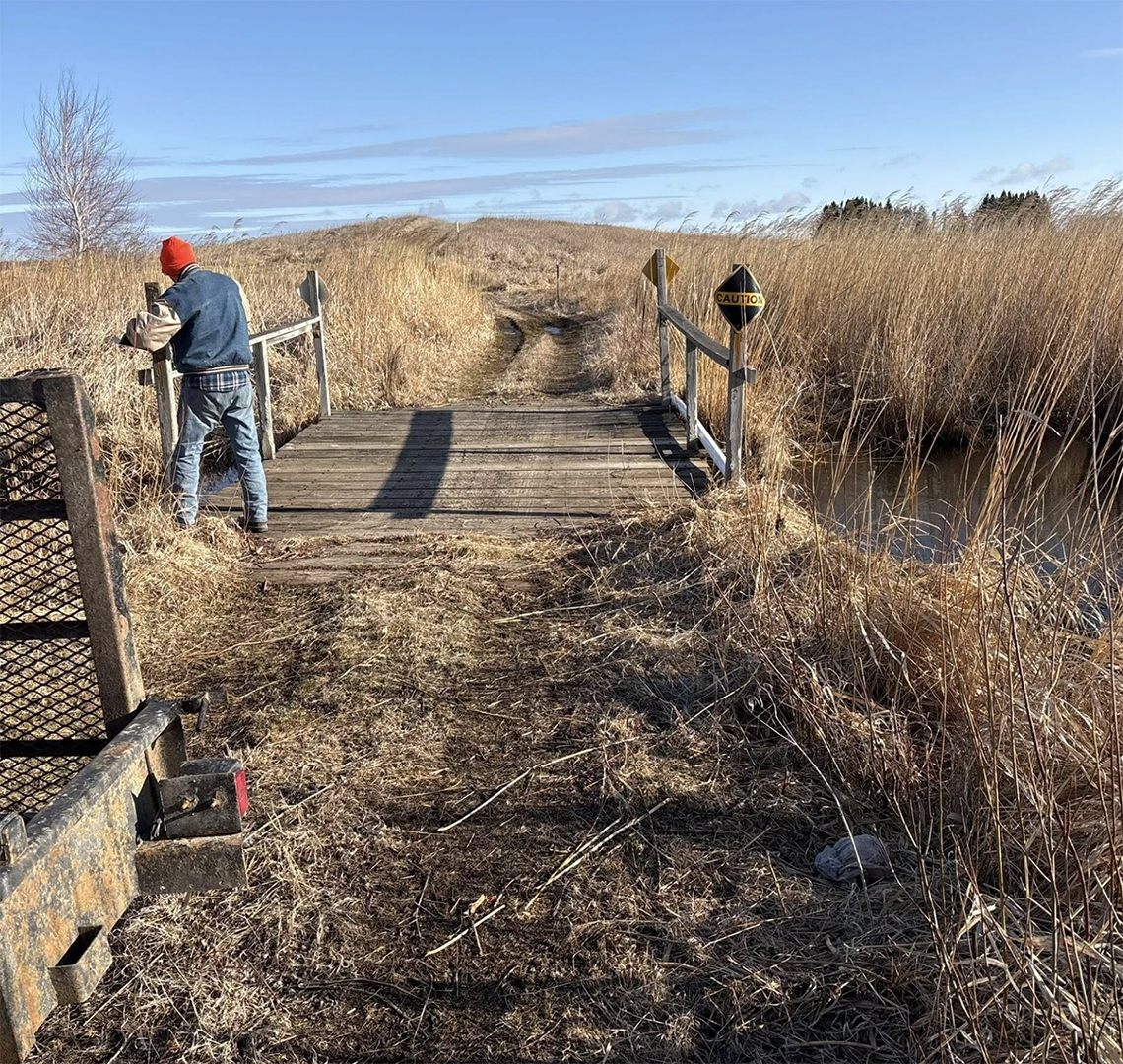
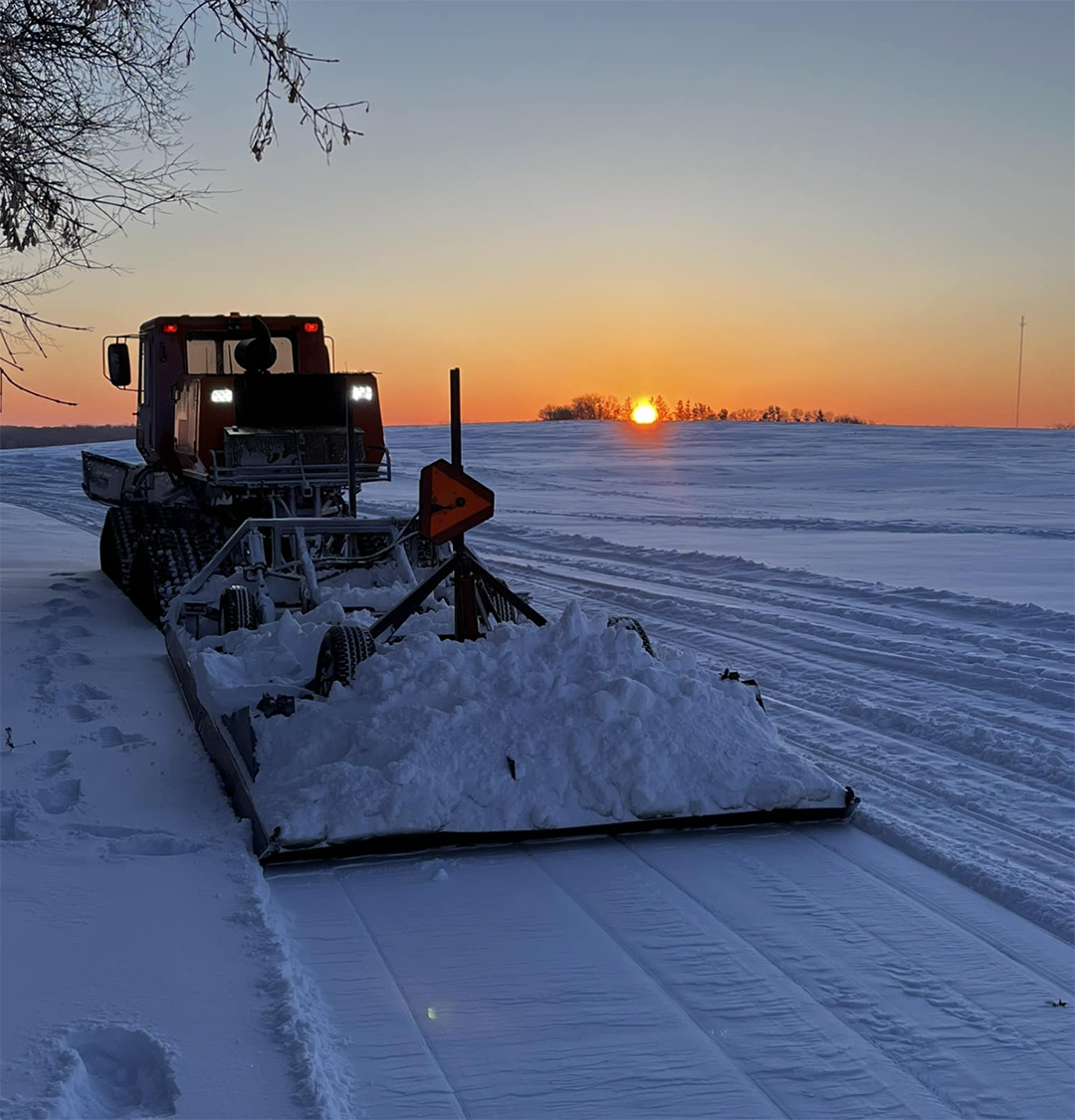
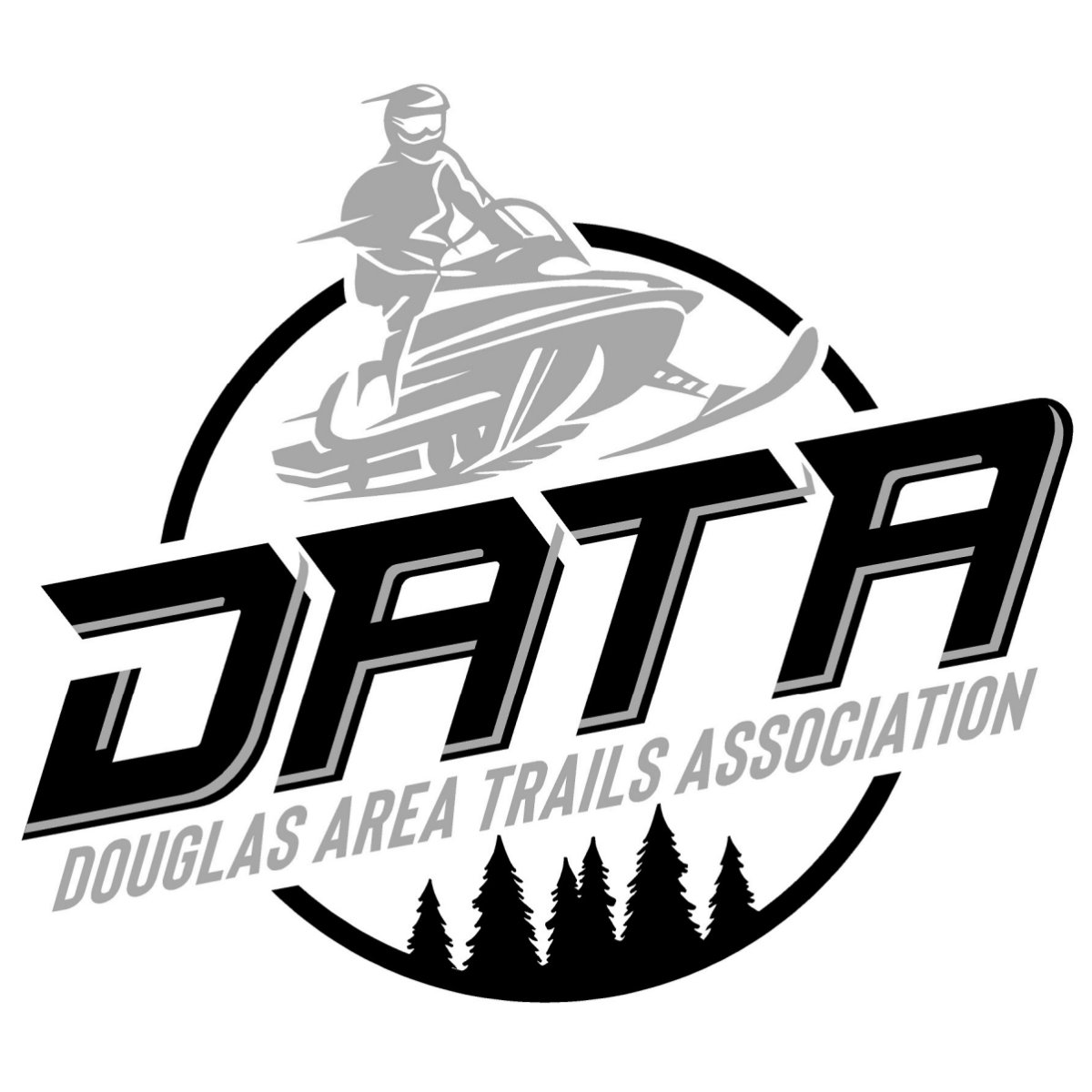
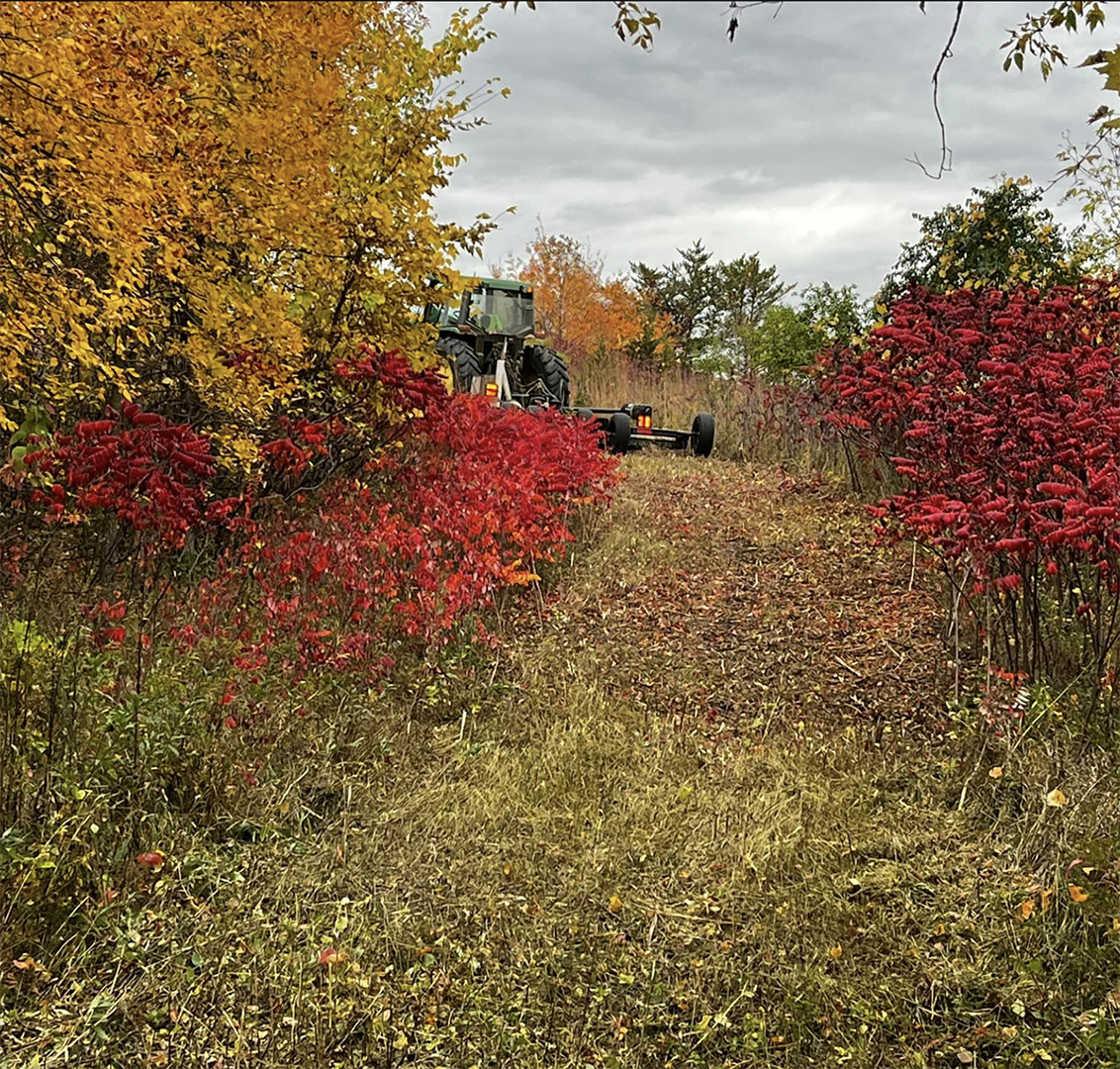
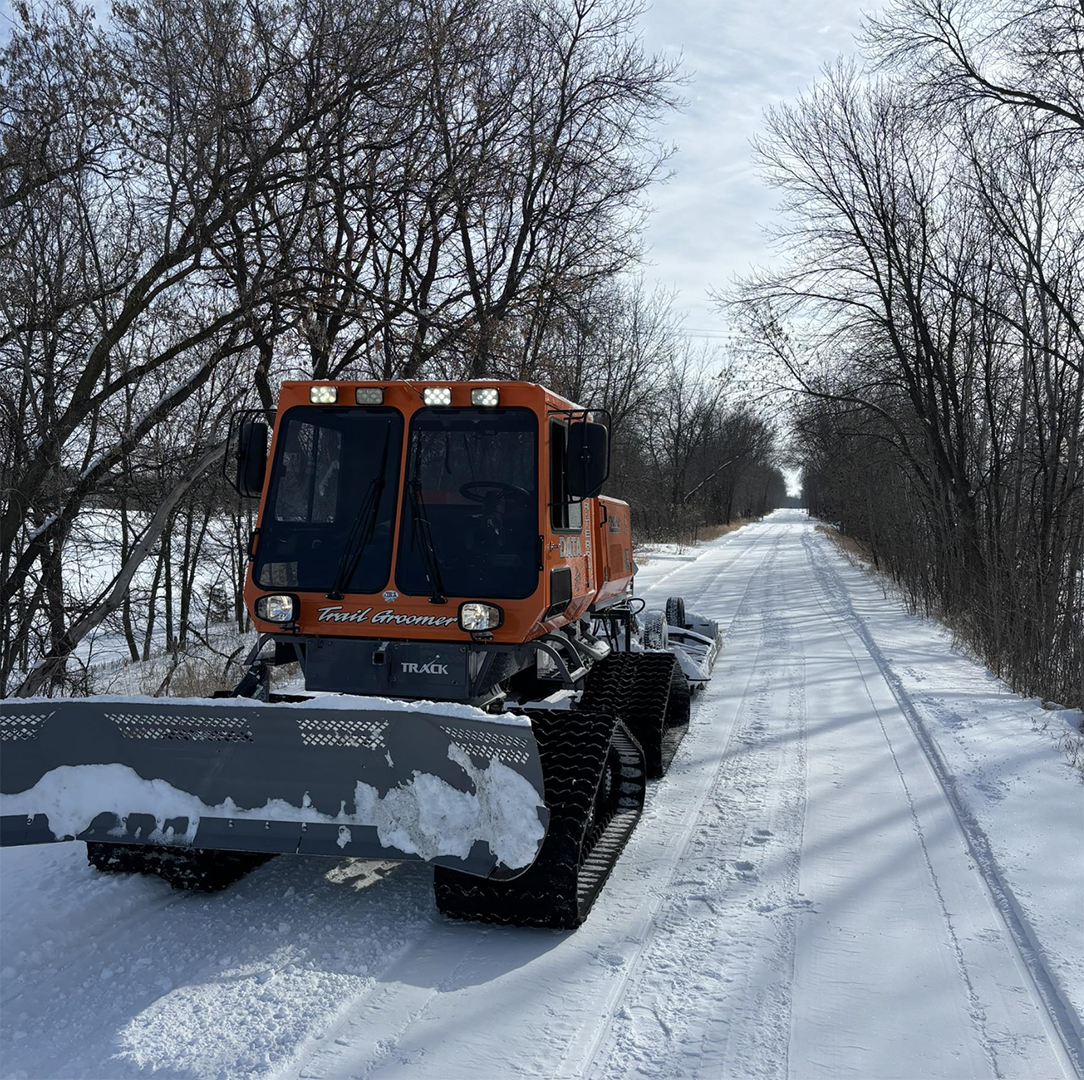
Contact DATA
Phyiscal Address:
1298 Centennial Lane NW
1298 Centennial Lane NW
Garfield, MN 56332
Mailing Address:
PO Box 112
Alexandria, MN 56308
